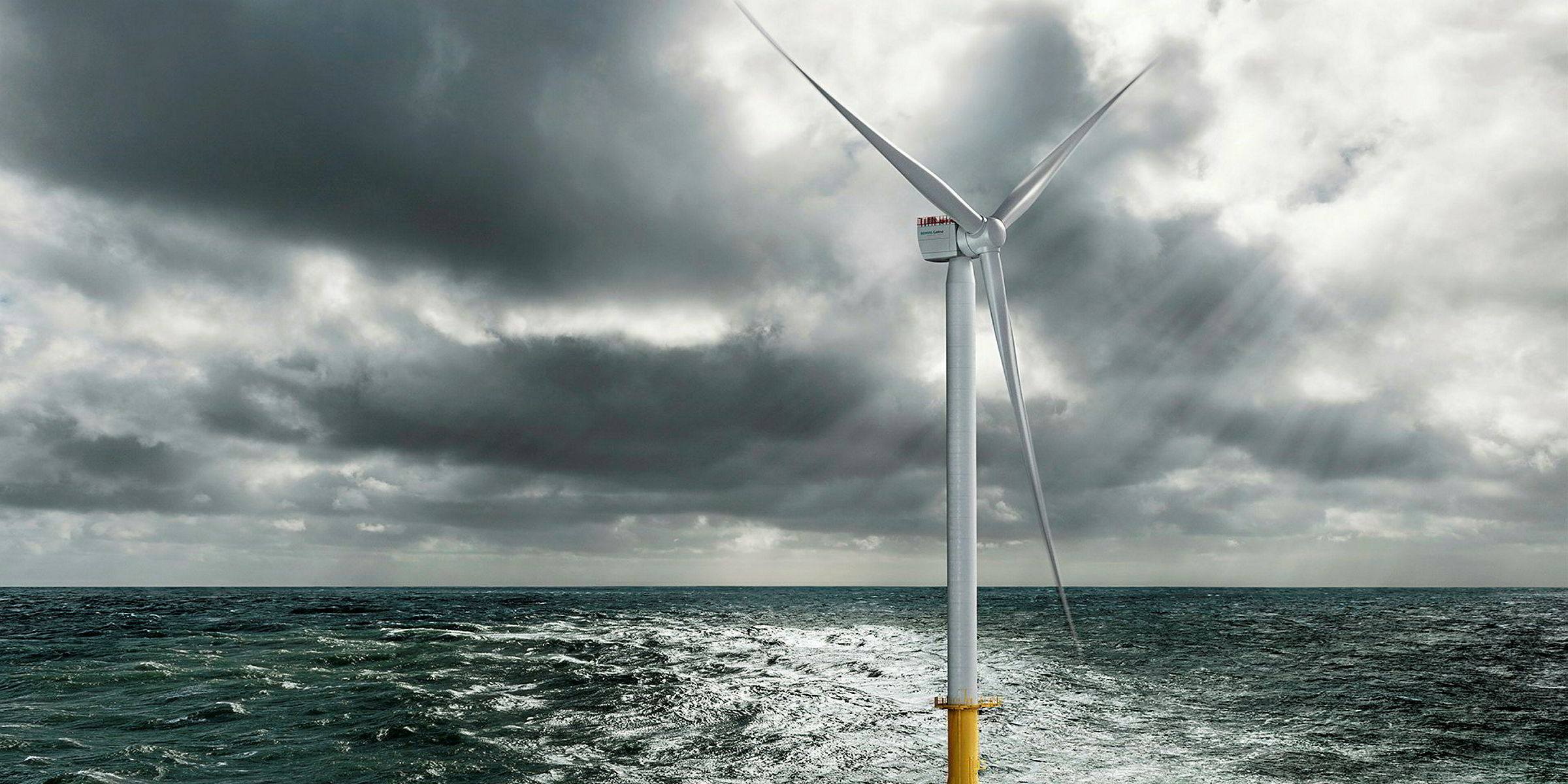Siemens Gamesa Renewable Energy (SGRE) has pulled back the curtain on a 10MW offshore wind turbine design, a 193-metre-diameter-rotored monster that will churn out 30% more annual energy production than its current prestige model, the 8MW SG 8.0-167.
The new SG 10.0-193 DD, which will fly new-look carbon-reinforced 94-metre blades powering a direct-drive transmission system with beefed-up permanent magnet generator, will serve to "bridge market demand" until the OEM's “true step change”, the as-yet-unnameplated ‘1X’ platform, is in showroom in 2024-25.

